Stanfield Hall in south Norfolk offers grand country living at its finest, yet happenings within its walls once shook Victorian Britain.
Historic, Grade II-listed Stanfield Hall, set in 35 acres of historic parkland near Wymondham, south Norfolk, offers grand country living at its finest. Selling agents Strutt & Parker in Norwich quote a guide price of £5m for the impressive, partly moated country house.
Today, it’s as grand and impressive a place as we’ve seen all year – particularly with the truly stunning staircase hall.

The Gothic-style stone staircase hall is the centrepiece of Stanfield Hall in Norfolk. Credit: Strutt & Parker
The first recorded reference to which was in 1249, when Richard Curson, Prior of Wymondham, had his house and chapel there. Stanfield Hall was later home to a succession of gentry owners before passing to various members of the Preston family between 1752 and 1848. It was the Revd George Preston who, in 1792, rebuilt the hall to a design by Norwich master-builder William Wilkin.
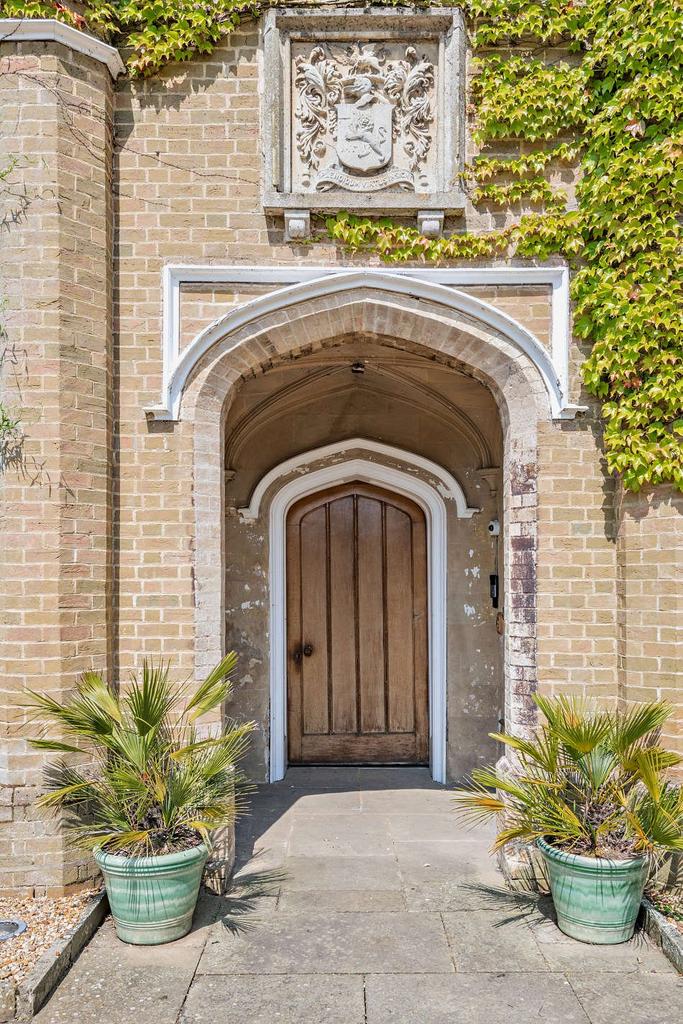
Partly constructed of reused monastic stonework and with ceiling beams from 1580, the house has Tudor-style brick elevations, with a magnificent Gothic-style stone staircase hall under a Cumberland slate roof. Bricks for the construction were carted from Holkham, 40 miles away.

Imposing Stanfield Hall, partly moated and listed Grade II, is set in 35 acres of gardens and parkland near Wymondham in Norfolk.
The building, which took five years to complete, left Preston in serious debt and, in 1838, Stanfield Hall estate and contents, plus a large quantity of building materials, were offered for auction by James B. Rush on behalf of George’s son Isaac Preston; that same year, Isaac changed his name to Jermy. Ten years later, Stanfield Hall was the scene of a double murder that shocked Victorian Britain.
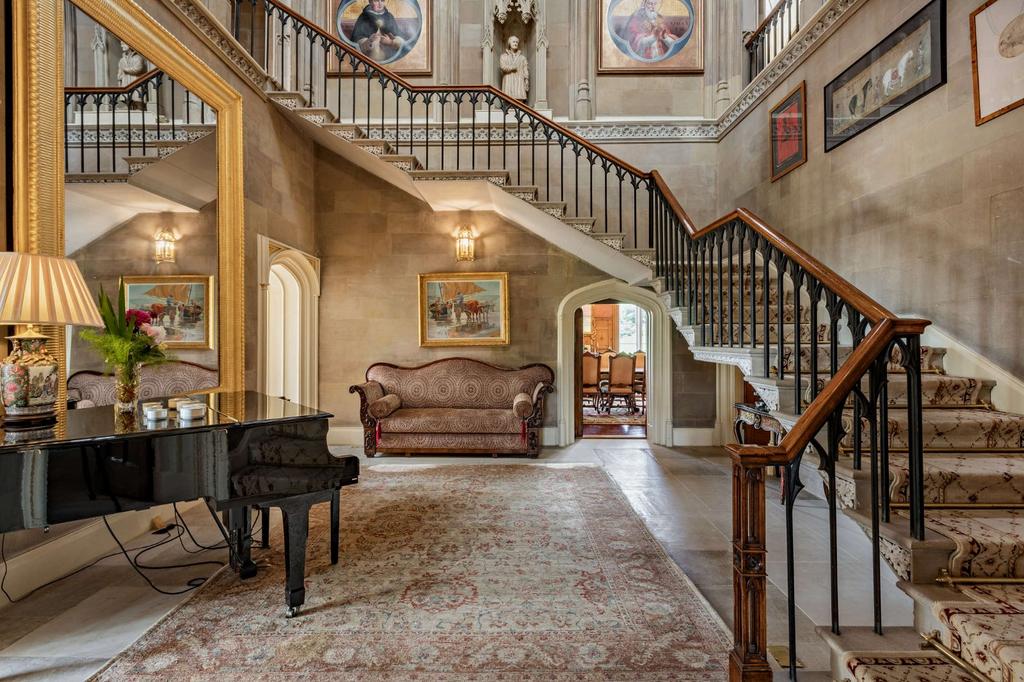
On the night of November 28 1848, Isaac Jermy left the Hall to take the evening air after a dinner party. He was ambushed and shot by a masked man, who shot Jermy’s son, his wife and a maid. Jermy and his son were killed, and the two women were badly injured.
James Blomfield Rush, who was heavily in debt to Jermy, was arrested, found guilty and hanged at Norwich Castle on April 21, 1849. Special train services were run from London to Norwich for the occasion and Charles Dickens later observed that ‘it was a grand place for a scoundrel’s exit’.
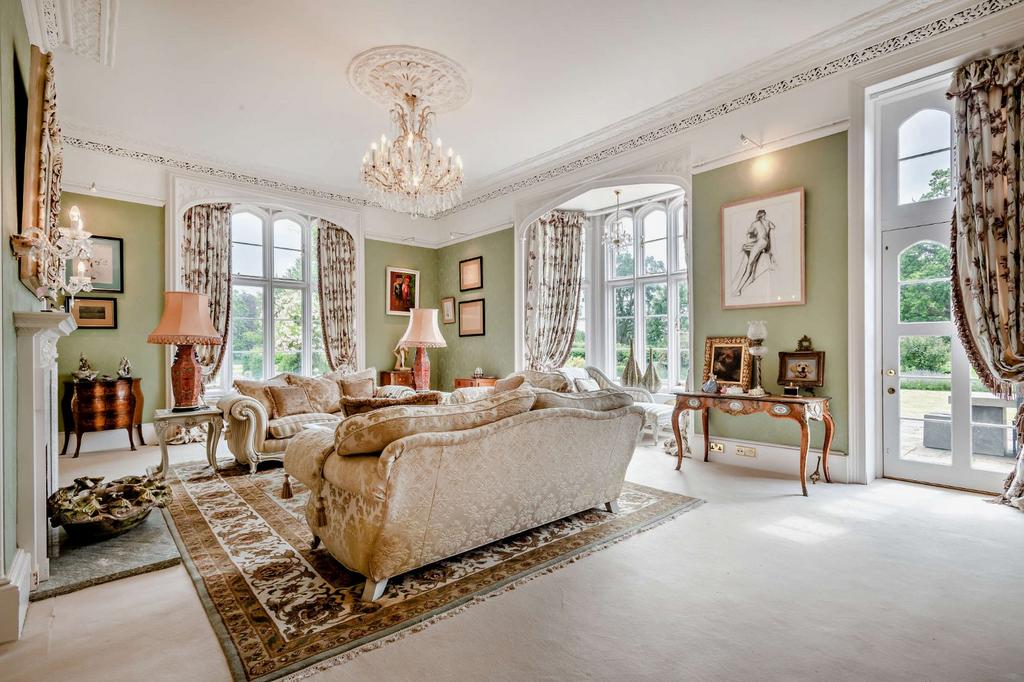
Between 1848 and 1920, Stanfield Hall was owned by the Gwyn family, who sold the 700-acre estate to George Rackham in 1920. The hall was in poor condition after the Second World War until, in 1947, it was acquired by Dr Harold Hudson.

Stanfield Hall, near Wymondham, south Norfolk.
He completely refurbished the house and installed mains electricity in the house and farm buildings before selling to the Stearn family in 1983. In 2004, the Stanfield Hall and estate were offered for sale at £1.5m and subsequently acquired by the present owners.
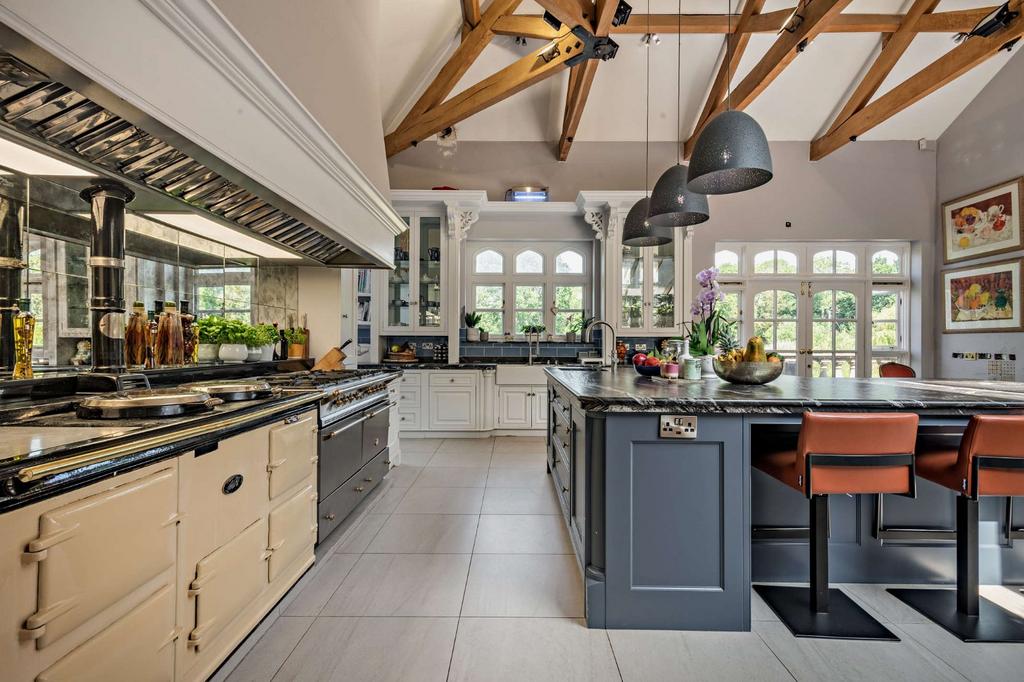
Approached along an 765-yard-long drive and surrounded by the wooded south Norfolk countryside with no near neighbours, Stanfield Hall offers 15,228sq ft of elegant accommodation on three floors, including, on the ground floor, reception, central and inner halls, and four main reception rooms.
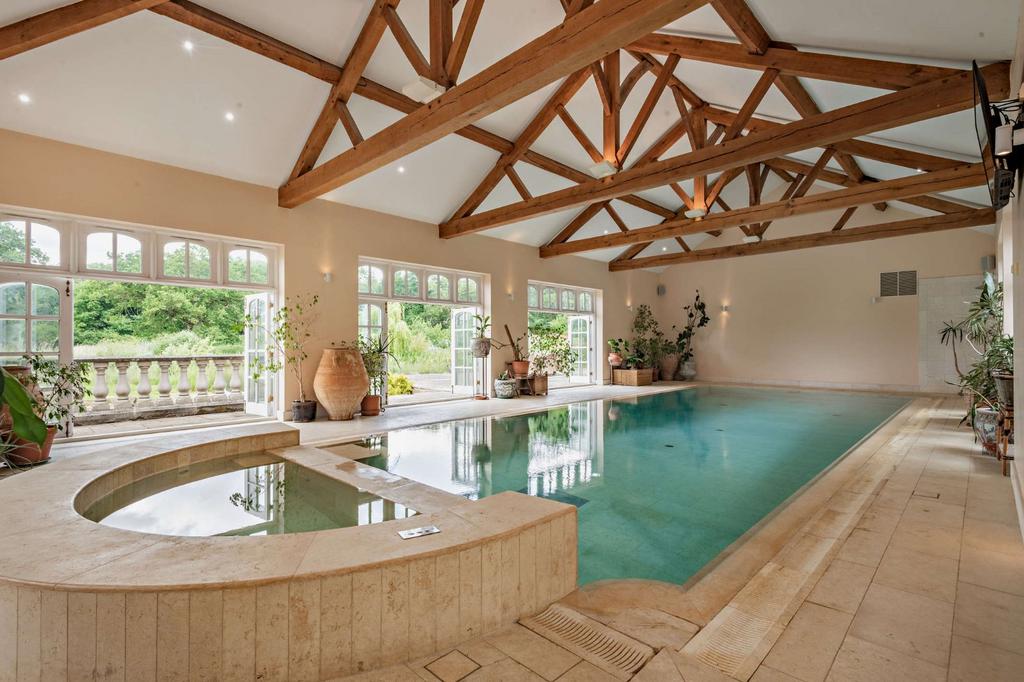
There is also a snug, kitchen and domestic offices, plus an indoor swimming pool, gym, sauna and shower room.

The first floor houses the principal bedroom suite, four double bedrooms with en-suite bathrooms, a further double bedroom and a cinema; there are three more double bedrooms, three bath/shower rooms, a sitting room and a dressing room on the second floor.
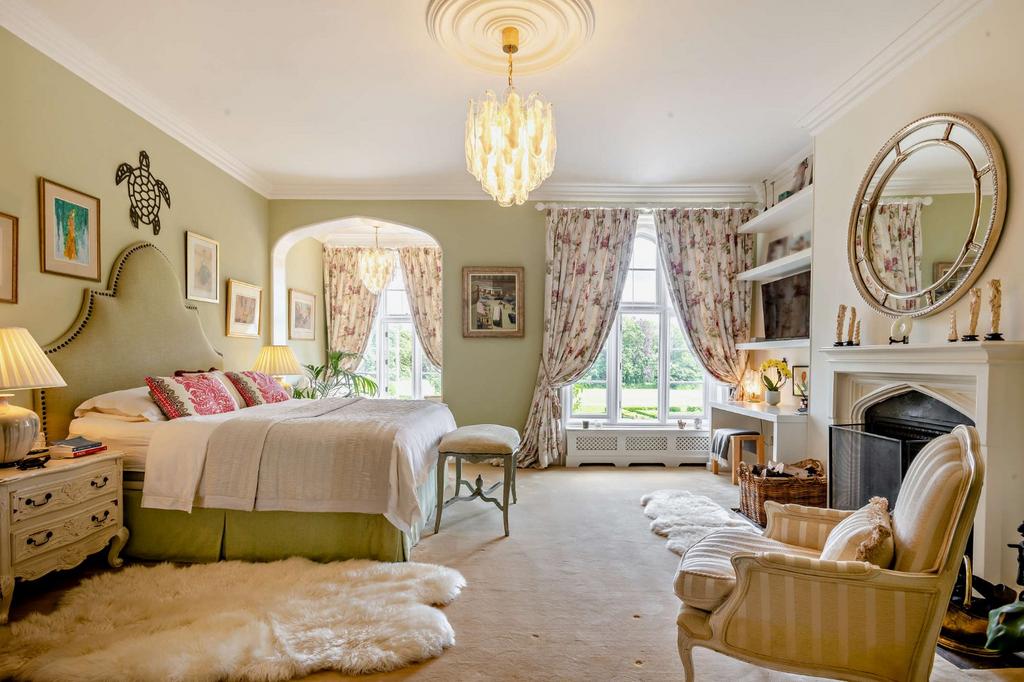
Outside, a large terrace leads around the side of the hall to landscaped gardens centred on a pond with kitchen gardens and a tennis court beyond. To the north of the main house are a pretty two-bedroom cottage and a substantial steel outbuilding, alongside field shelters and fenced paddocks. The parkland enjoys a wide variety of mature broadleaf trees.

Stanfield Hall is for sale via Strutt & Parker at a guide price of £5m — see more details and pictures.

19 breathtaking homes for sale from £450,000 to £8 million, as seen in Country Life
From charming thatched cottages to one of the great Cotswolds estates, we take a look at the best houses to

A 1,000-year-old real-life ‘Sleeping Beauty’ castle is on sale for just £500k
An incredibly rare chance has arisen to own a spectacular and romantic medieval castle with 30 acres of land, a

An elegant Highland castle and estate on the market for the first time in eight centuries
The 560-year-old Kilravock Castle and its estate have come to the market, a fabulous opportunity — but one which will require





